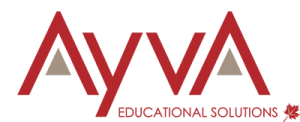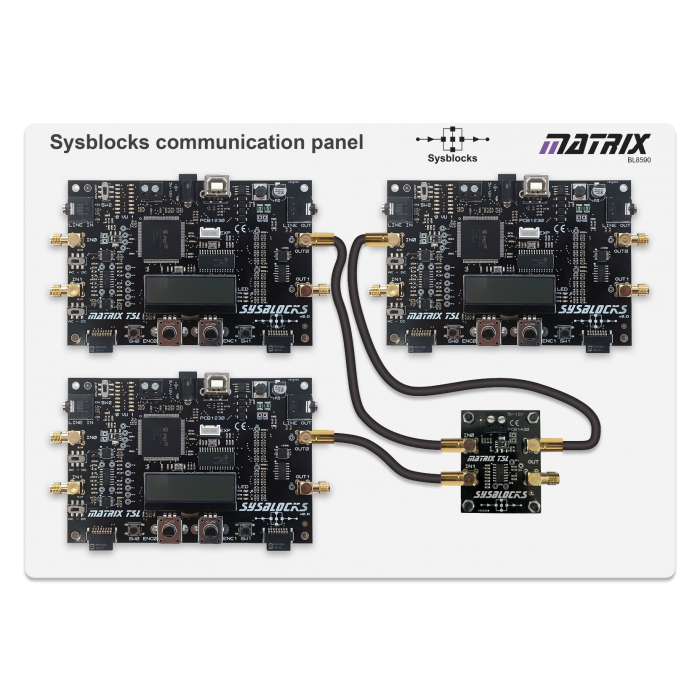Description
The Sysblocks communication panel includes three Sysblocks boards and a signal mixer board on a plastic panel with 6 micro BNC leads, power supply and USB lead. This configuration allows students to experiment with lots of different types of communications and examine their characteristics.
The first Sysblocks board is used to modulate and / or encode a signal into a digital format. The second is used to generate noise. The encoded / modulated signal is mixed with this noise in the mixer board and then fed into the third Sysblocks board, where the signal is demodulated / decoded and fed to the outputs.
Separate programs are used in each Sysblock and this configuration allows students to experiment with multiple systems and examine their noise characteristics.
Students use conventional oscilloscopes and spectrum analysers to examine the results of signal processing in a music and DSP context.
Communications and Digital Radio Techniques
Learning objectives
- AM and FM
- Digital communications systems
- Modulation / Demodulation
- Encoders / Decoders
- Phase Locked Loops
- PRBS and Bit Error Rates
- AM, FM, QPSK, XPSK, APSK, FSK, and OOK
- Digital Radio Techniques
- Spread Spectrum techniques
Once students have been through the Systems, signals, DSP and FFT pack they can move onto the Communications and Digital Radio Techniques course. This course allows students to construct and experiment on a wide range of systems based on Sysblocks. Students use a panel with three Sysblocks on to create a sequence of communications modulators and encoders, add noise, and then demodulate / decode the resulting signals. In doing so students understand the parameters of communications systems including Phase Locked Loop performance, signal to noise ratios, bit error rates and the principles of digital radio techniques. The communications systems students investigate include AM, FM, PLLs, QPSK, XPSK, APSK, FSK, and OOK. Students can also examine Spread spectrum systems and correlation. Students work with pre-written programs for Sysblocks. There is also plenty of chance for creative programming using Flowcode for the advanced students who will find that the Sysblocks panel and Flowcode combination provide the perfect platform for experimentation with digital comms. The hardware platform includes 3 x Sysblocks panels (encode/modulate, decode/demodulate, and noise generator) and a mixer board.
| Resource | ||
|---|---|---|
| CP6125 – Communications and Digital Radio Techniques |

